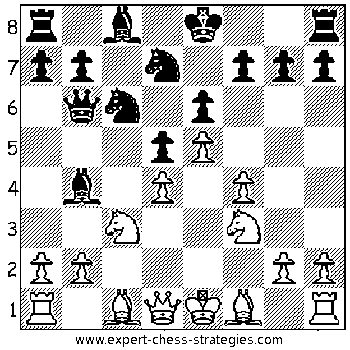

Someone said something like, what if a pawn uses this to escape from an enemy adjacent pawn? Then the basic pawn skeleton/framework would be changed! So we must have an en passant to preserve the same chess framework. I know the basic story of en passant and I'll just paraphrase it here: A rule was added to let pawns move two squares forward on its first move. The en passant capture must be made at the very next turn or the right to do so is lost.


Even if it's not the right move in a given situation, it does offer players the chance to flex their incredible chess knowledge, which in many ways, is the real victory.įor more information, check out the Know Your Meme entry for En Passant.This capture is only legal on the move following this advance and is called an ‘en passant’ capture.

That being said, when it does arise, it may not be the smartest move. While the En Passant situation is extremely rare, it can certainly catch an opponent off guard if they aren't familiar with the rule. The temptation is so prevalent that one player made an entire browser extension that makes it so whenever an opportunity to pull off En Passant arises in online chess, the player will be forced to pull it off. In these memes, players express that when they see an opportunity to pull off En Passant, they are deeply tempted to do so, even if doing so would not help them win the game or in fact put them in a disadvantageous situation. "En Passant" has also been memed by people who know the rule. The general chess community's relative unfamiliarity with En Passant has turned "Google En Passant" into a catchphrase, particularly when a player is salty about losing to what they perceive is cheating. The move began making its way into memes when staff members of posted a humorous editorial explaining En Passant and lamenting the numerous reports they've received of players supposedly cheating or hacking by using the move. "En Passant" became a meme in the chess community in two ways. If Black chooses to not utilize En Passant on their turn, it's then off the table. This move can only be done on the turn following White's move forward two spaces. If all of these conditions are met, Black can capture the offending pawn by moving diagonally to the space the White pawn skipped. White takes one of its pawns, in a column next to the Black pawn's, and moves it forward two spaces, seemingly straight past the space where the Black pawn could normally capture it. Let's say Black has moved its pawn forward three spaces. "En Passant" can only happen under a specific set of circumstances. This is called " En Passant," and it's been flabbergasting even some veteran chess players for years. However, there's another, third way a pawn can move in a scenario so situational, it's practically a secret, and when it does occur, it looks like cheating. The only way a pawn can capture another piece is if that piece is diagonally in front of it. Pawns can only move forward one space at a time, or two if it's the first time they've moved in the game. Anyone with a basic knowledge of chess can tell you how pawns move.


 0 kommentar(er)
0 kommentar(er)
